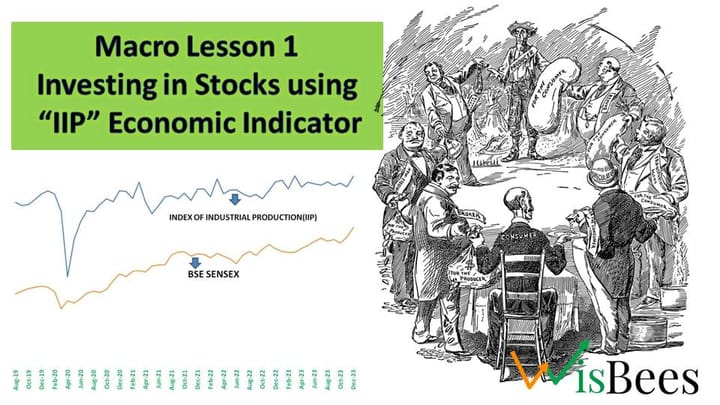How will 2024 be for stock market investors in India?|| 2023 Recap and 2024 Forecast

Bye-bye, 2023, welcome, 2024,
In India's market, what lies in store?
2024 holds secrets, yet to be told,
The market's story yet to unfold.
With this rhyme, let us uncover what lies ahead in 2024 for equity investors in India and worldwide! Will it witness another substantial rally, remain stagnant, or see bears causing losses for investors' funds?
Firstly, let's comprehend the performance of the Indian Stock Market in 2023, now the 7th largest stock market globally.
How was 2023 for the Indian stock market?
Initially, a commendable Capex budget set the stage, sparking a robust rally in sectors such as Capital goods, Automobiles, and BFSI. However, concerns stemming from war and valuation issues led to a minor correction. Eventually, the year concluded with a commendable rally across various sectors.
Regarding FPI activity, in 2023, FPIs heavily invested a sum of 1.62 Lakh Crore in the Indian Equity Market, nearly matching the 2020 FPI investment of 1.71 Lakh Crore, which marked the best year. Contrastingly, in the preceding year, 2022, a gloomy scenario unfolded as FPIs withdrew an investment of almost 1.21 Lakh Crore from the Indian Equity Market. Additionally, in 2021, FPI net investment stood at only 25,750 Crores. This prompts the question: what lies ahead in 2024?
The influx of 1.62 Lakh Crore was invested due to the economic stability that India has exhibited amidst global turmoil and uncertainty. Out of this substantial investment since December first, India has witnessed an inflow of 57,300 Crores. What accounts for this current bullishness?
Obviously, this rally is due to the political stability after BJP secured three states, paving the way for a win in the 2024 parliament elections. This has significantly affected FPI sentiment positively. In 2022, the major reason for FPI outflow was aggressive interest rate hikes in all major economies, including India. These hikes were primarily implemented to control inflation. High inflation erodes the purchasing power of money and reduces people's real income. Thus, it becomes necessary for central banks to raise interest rates and control the money flow (Quantitative Tightening). In such cases, investors tend to shift towards fixed-income securities like bonds from the equity market. That's what happened in 2022.
Strangely, all these monetary tightening policies and interest rate hikes didn’t slow down the GDP growth of countries worldwide. Almost all major economies have exhibited robust GDP growth rates, including India, one of the fastest real GDP growths at 6.3%. The USA displayed a growth rate of 2.1%, while China recorded a 5% growth rate. Inflation in India also decreased from 6.7% in 2022 to 5.5% in 2023.
A slight amount of inflationary pressure is considered good for the economy. Below is data we obtained from the IMF website on three major economies: India, the USA, and China. The USA and China belong to the category of advanced economies, where inflation tends to be lower compared to emerging markets and economies like India. Clearly, India’s inflation seems to be under control when compared to historical inflation data of the country.
In the image below, we have depicted the real GDP growth across India, the USA, and China. It is evident that India is progressing at a faster rate. China appears to have slowed down in its GDP growth compared to previous years.
Talking about how cheap the market is, currently, the Nifty PE ratio stands at 22.9, which is still near its median. After Corona, the Nifty PE ratio touched above 42.0, marking the highest ever in the 20s. Yes, a PE above the 1st standard deviation of 25.72 can warrant a little caution, but no one can definitively say when the PE becomes pricey. The PB ratio of Nifty 50 is 3.76, again near its median of 3.52. So, right now, the market doesn't seem to be very overvalued. Here is a PE curve of Nifty 50 below from Nifty.pe.ratio.com.

What is expected in 2024?
India is being considered as one of the favorite destinations for investing across the worldwide investing community. 2024 is an election year for large economies like the USA and India. A lot of CAPEX is going to happen owing to this. Also, interest rates are not going to be raised because of this, and this may lead to good corporate earnings growth. The USA Fed has already signaled potential rate cuts. Institutions like mutual funds are sitting on cash to buy on dips. A win for a BJP-led government will only push the market up further, as seen in earlier elections.
In essence, while challenges and uncertainties prevail, the collective indicators paint a promising picture for 2024, marking a potential year of growth and opportunity for equity investors in India and across the globe.



